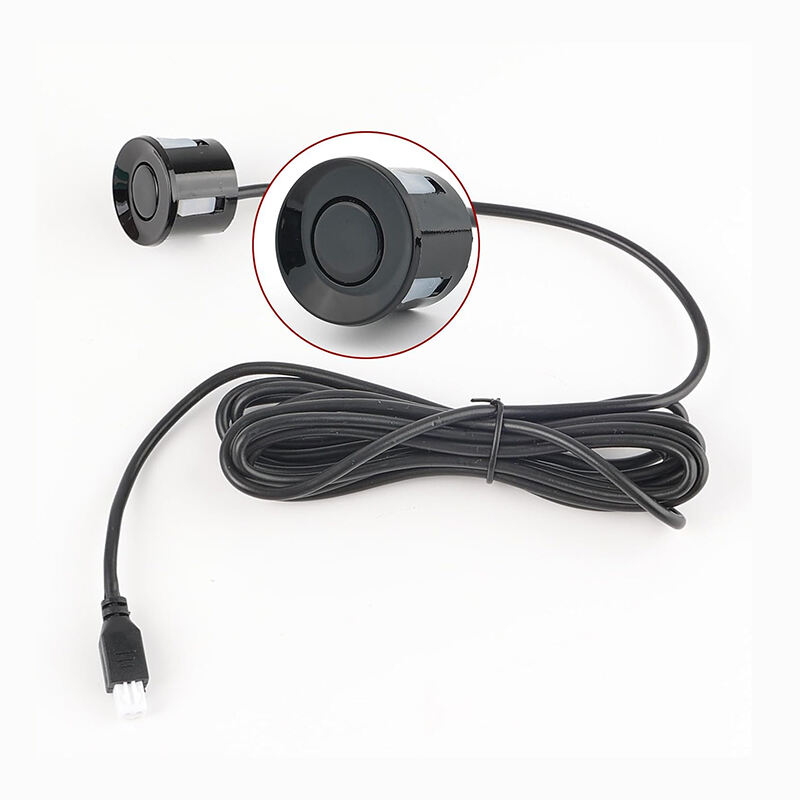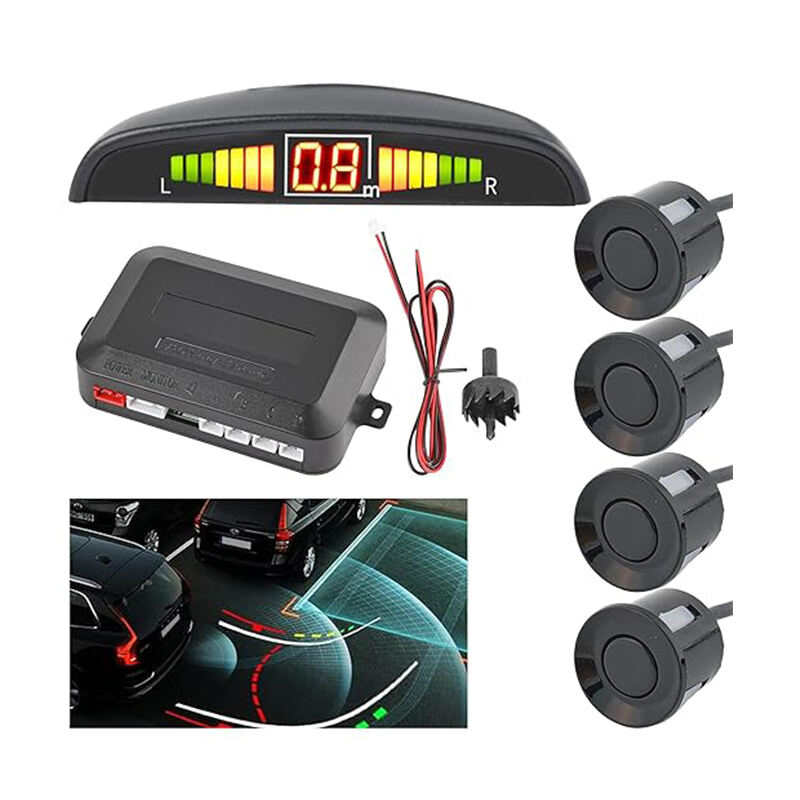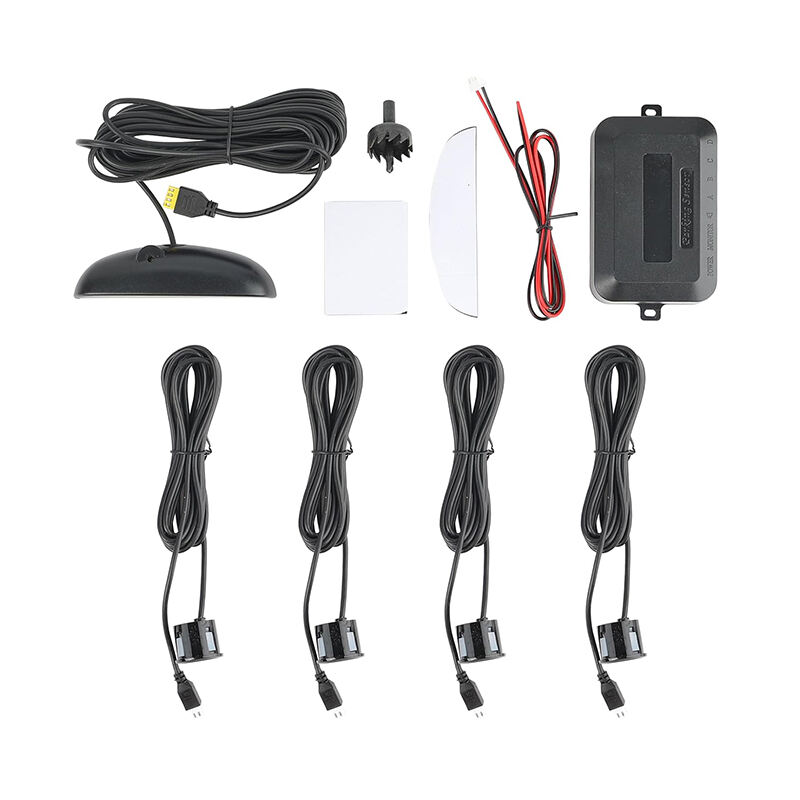датчик за паркиране назад
Датчик за обратно паркиране е moden автомобилна технология за безопасност, която помага на шофьорите да маневрират безопасно колите си при паркиране или обръщане. Тази sofistikirana система използва ултразвукови датчици, стратегически разположени в задния бампер, за да открива препятствия и предоставя реално време обратна връзка на шофьора. Датчиките изпращат високочестотни звукови вълни, които отскачат от близките обекти и се връщат към датчика, позволявайки на системата да пресмята точни разстояния. Когато се забелязва препятствие, системата предупреждава шофьора чрез различни методи, включително акустични пищи, които нарастват в честота, докато колата се приближава до обект, vizualni показания на панела за контрол или екрана за развлечения и в някои по-avansirani модели, hapticheska обратна връзка чрез рулето или седалката. Те типично имат диапазон на детекция от 1,5 до 2 метра и могат да идентифицират както неподвижни, така и движими обекти. Системата работи ефективно при различни метеорологични условия и светлинни ситуации, правейки я незаменима помощ за по-безопасно паркиране в трудни околнosti. Modernnite датчици за обратно паркиране често се интегрират с камери за обръщане и други avansirani системи за помощ при управление, за да предоставят всеобхватна поддръжка при паркиране.


